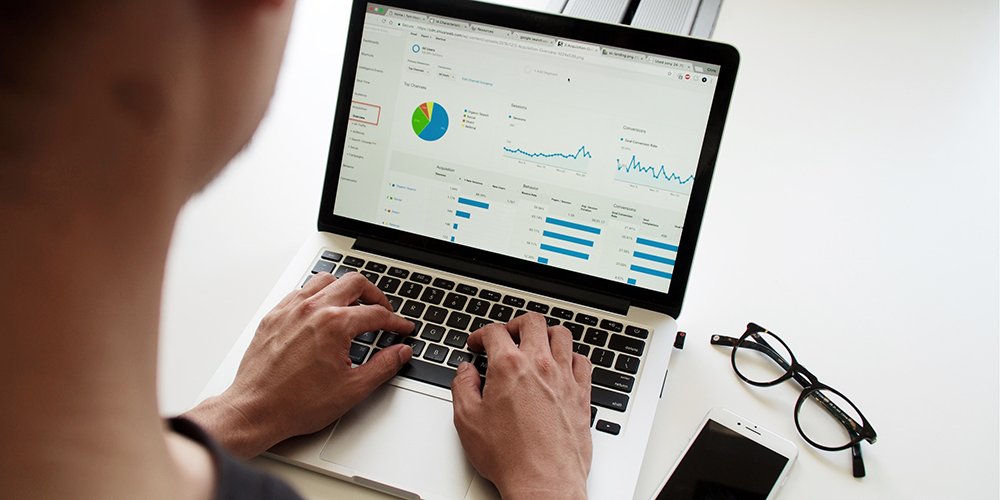
In today’s fast-paced and data-driven world, businesses and organizations have access to vast amounts of information. Predictive analytics, a branch of advanced analytics, empowers decision-makers to unlock valuable insights from this data to make accurate predictions about future outcomes. By leveraging historical data, statistical algorithms, and machine learning techniques, predictive analytics has emerged as a powerful tool for forecasting trends, identifying risks, and optimizing strategies. Also, you must understand the importance of data quality to learn how bad data hurts your business. This blog post will explore predictive analytics, its applications across various industries, and its benefits for making informed decisions.
Understanding Predictive Analytics
Predictive analytics involves using historical and current data to predict future outcomes with a high degree of accuracy. It utilizes various techniques, including statistical modeling, data mining, machine learning, and artificial intelligence, to identify patterns and trends that can be used to make reliable predictions.
By analyzing large datasets and applying complex algorithms, predictive analytics enables organizations to anticipate customer behavior, market trends, operational performance, and more.
Applications In Different Industries
Retail and E-commerce
Predictive analytics is extensively used in the retail industry to anticipate customer demand, optimize inventory management, and personalize marketing campaigns. Retailers can tailor product recommendations, target promotions, and optimize pricing strategies by analyzing past purchase patterns, browsing history, and demographic information.
Healthcare
Predictive analytics plays a crucial role in healthcare by helping to predict disease outbreaks, identify high-risk patients, and optimize treatment plans. By analyzing patient data, such as medical records, genetic information, and lifestyle factors, healthcare providers can proactively intervene to prevent or manage chronic diseases, improve patient outcomes, and allocate resources efficiently.
Finance And Banking
Financial institutions leverage predictive analytics to assess credit risk, detect fraudulent transactions, and optimize investment portfolios. Banks can make data-driven decisions to minimize risk, improve profitability, and enhance customer experience by analyzing historical financial data, market trends, and customer behavior.
Manufacturing And Supply Chain
Predictive analytics enables manufacturers to optimize production schedules, anticipate equipment failures, and streamline supply chain operations. Manufacturers can predict maintenance requirements by analyzing historical performance data, sensor readings, and maintenance records. They can also reduce downtime and improve overall operational efficiency.
Transportation And Logistics
Predictive analytics plays a vital role in optimizing transportation and logistics operations. Organizations can make accurate predictions about shipment delays, optimize routing, and improve overall supply chain efficiency by analyzing data from various sources such as routes, weather conditions, fuel consumption, and delivery times. This enables businesses to enhance customer satisfaction, reduce costs, and ensure timely deliveries.
Benefits Of Predictive Analytics
Accurate Forecasting
Predictive analytics allows organizations to predict future outcomes based on historical and real-time data accurately. By understanding trends and patterns, businesses can anticipate changes in customer behavior, market dynamics, and operational performance, enabling them to stay ahead of the competition.
Enhanced Decision-Making
Predictive analytics provides decision-makers valuable insights, enabling them to make informed and data-driven decisions. By leveraging predictive models, organizations can identify potential risks, evaluate scenarios, and optimize strategies for better outcomes.
Cost and Resource Optimization
Organizations can optimize inventory management and production processes by predicting future demand, minimizing waste, and reducing costs. Additionally, predictive analytics helps allocate resources more efficiently, ensuring that they are utilized where they are most needed.
Improved Customer Experience
Predictive analytics lets businesses personalize their offerings based on customer preferences and behavior. By tailoring marketing campaigns, product recommendations, and pricing strategies, organizations can provide a personalized experience, increasing customer satisfaction and loyalty.
Conclusion
Predictive analytics, driven by high-quality data, has revolutionized how businesses and organizations operate by providing the ability to predict future outcomes accurately. By leveraging historical and real-time data, organizations can gain valuable insights into customer behavior, market trends, and operational performance. Predictive analytics applications span various industries, including retail, healthcare, finance, and manufacturing. With accurate forecasting, enhanced decision-making, cost optimization, and improved customer experience, predictive analytics has become indispensable for staying competitive in today’s data-driven world. Predictive analytics will only grow as technology advances, enabling businesses to make better-informed decisions and shape their future success.
Activate Social Media:


